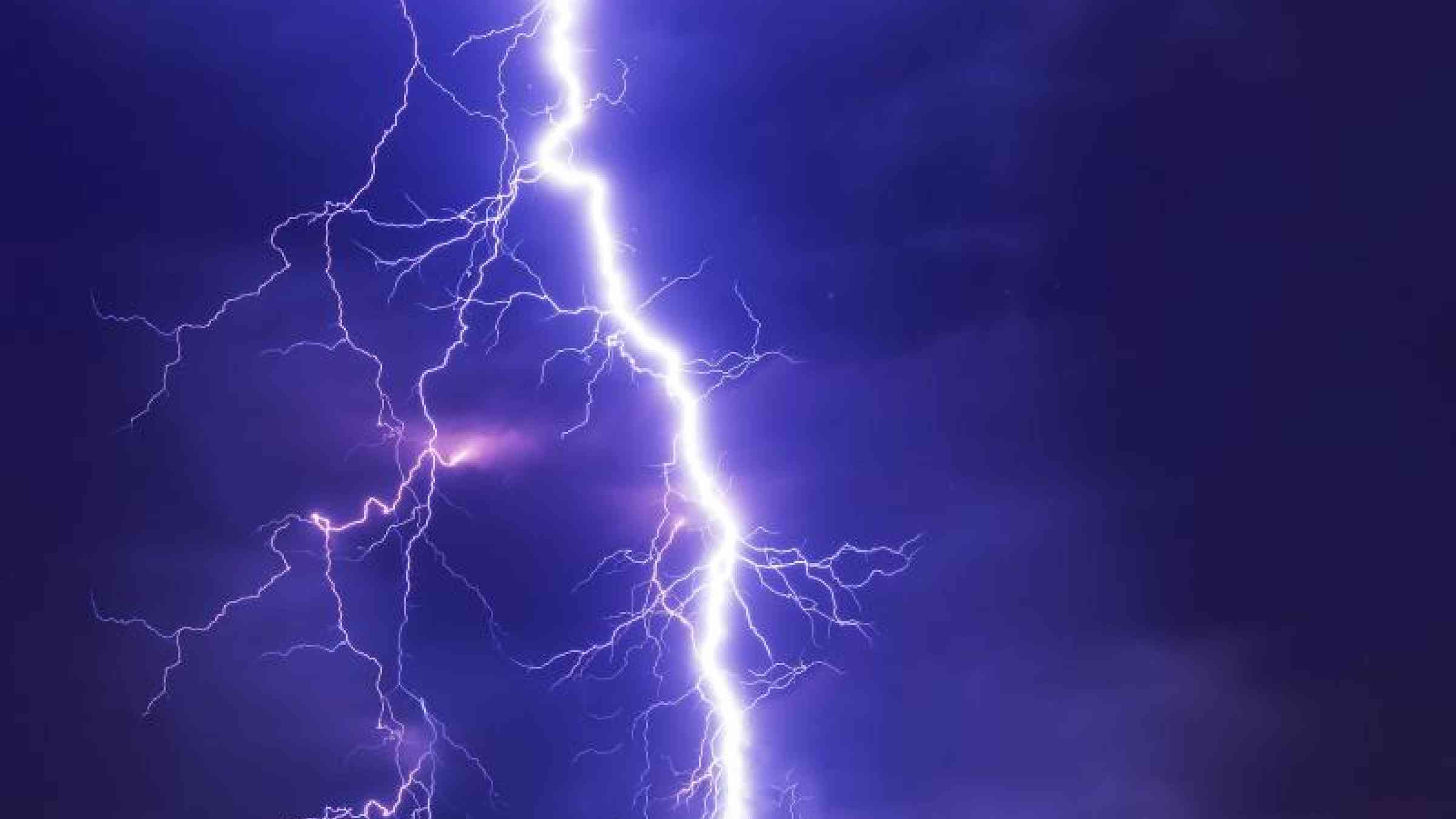
By Will Bugler
The full extent of the impact of the floods that hit Nepal, India, Bangladesh and China in the past months is yet to become fully apparent. However, it is clear that the intensity of the monsoon rainfall caused widespread devastation, costing over 1,200 lives and affecting an estimated 20 million people. As the floodwaters recede, they leave behind not just physical devastation, but also tangible damage to relationships between countries in the region.
In the wake of the floods, Nepal’s Ministry of Home Affairs, suggested that a number of Indian infrastructure projects including dams on the Kosi and Gandaki rivers, had made the flooding worse for Nepal. Whilst India has pointed to deforestation in Nepal, as a reason for the increased incidence of flooding to its northern territories. India has also been vocal in its criticism of China and Nepal, about the amount and speed of the data sharing between the nations, accusing the countries of being slow to share vital information about heavy rainfall in the Himalayas.
Tensions were running high between India, Nepal and China, despite the best efforts of Indian Prime Minister, Narendra Modi, and his Nepali counterpart Sher Bahadur Deuba to present a united front by releasing a joint statement pledging to co-operate to tackle future climate disasters.
Floods like these are making new dams and large infrastructure projects that impact river flow increasingly controversial in the region. In 2016, security forces had to intervene to quell violent clashes in the Saptari district on the Nepal-India border. Twelve Nepalese were wounded as they protested India’s construction of a new dam on the Khado river.
Close co-operations between countries will be essential to prepare for climate threats on the scale of the recent monsoon floods. This is especially important as the latest evidence suggests that the region is likely to face more heavy monsoon rainfall in the future. A recent study by researchers from MIT, found that a 50-year trend towards drier conditions for the Indian summer monsoon season had been dramatically reversed in the last 15 years. The paper, published in Nature Climate Change suggests that this may be due very strong warming that has affected the Indian subcontinent.
Formal agreements for cross-border co-operation on environmental issues are not new. But climate change will mean that new agreements will be needed on a more regular basis, and relations between countries will be tested more frequently. In areas where tensions are already running high, climate change has the potential to add to the stress and spark conflict.